Laboratory Microplate Washers: The Engine of Scientific Innovation
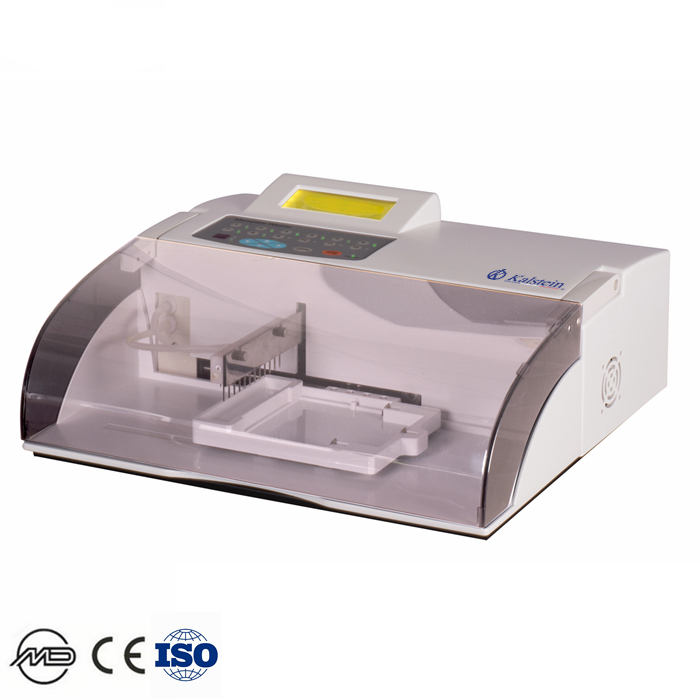
Laboratory microplate washers are a disruptive technology that has changed the format of scientific research and drives innovation. These tools allow scientists to reduce extraction, mixing and liquid preparation times in laboratory experiments. This, in turn, allows them to optimize time in analytical processes and save resources.
Exploring new scientific frontiers with laboratory microplate washers
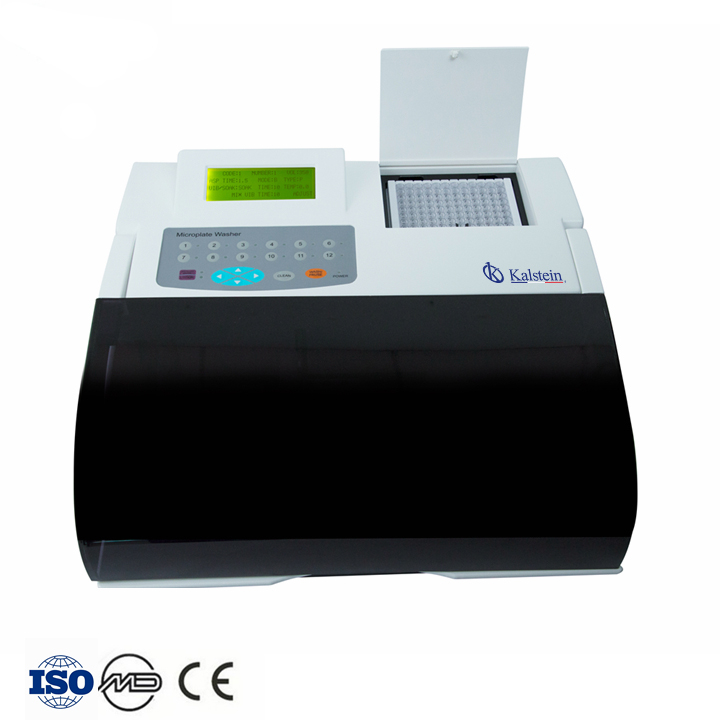
Microplate washers, a patented product of recent years, have become one of the essential tools for scientific research. These modern devices offer an enormous possibility to efficiently and rapidly explore various scientific areas, especially those related to protein purification, molecular biology, gene analysis, microbiology and clinical diagnostics. Kalstein as a manufacturing company we make sure to cover all your needs and satisfy your laboratory requirements, reminding you that we are manufacturers, we have the best price, sales consultants in any window of the world, know our YR series of microplate washers HERE.
The Latest Technology in Laboratory Microplate Washers for Scientific Research
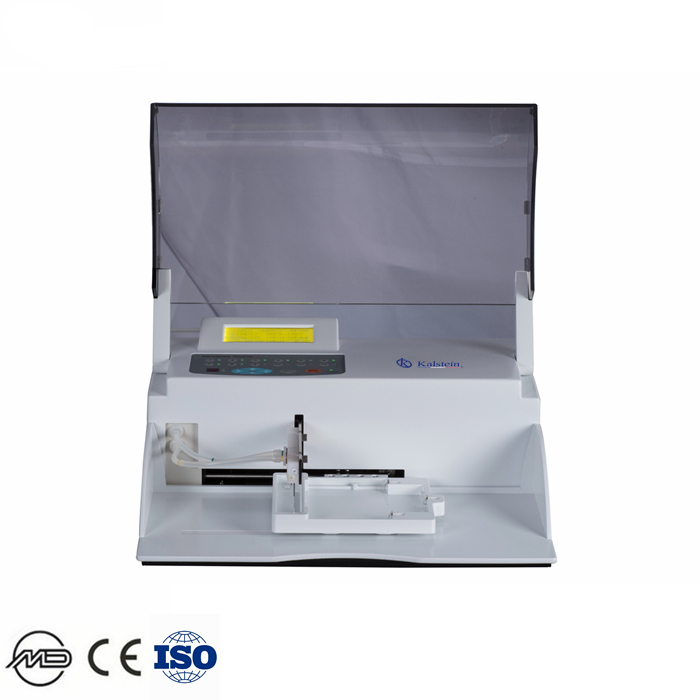
Scientific technology is constantly evolving to enable better performance in laboratory experiments. The right investment in the right technology ensures that researchers have the best equipment to obtain the best results. This time we will be looking at laboratory microplate washing.
Electric Incinerators the Best Option for Biochemistry Laboratories
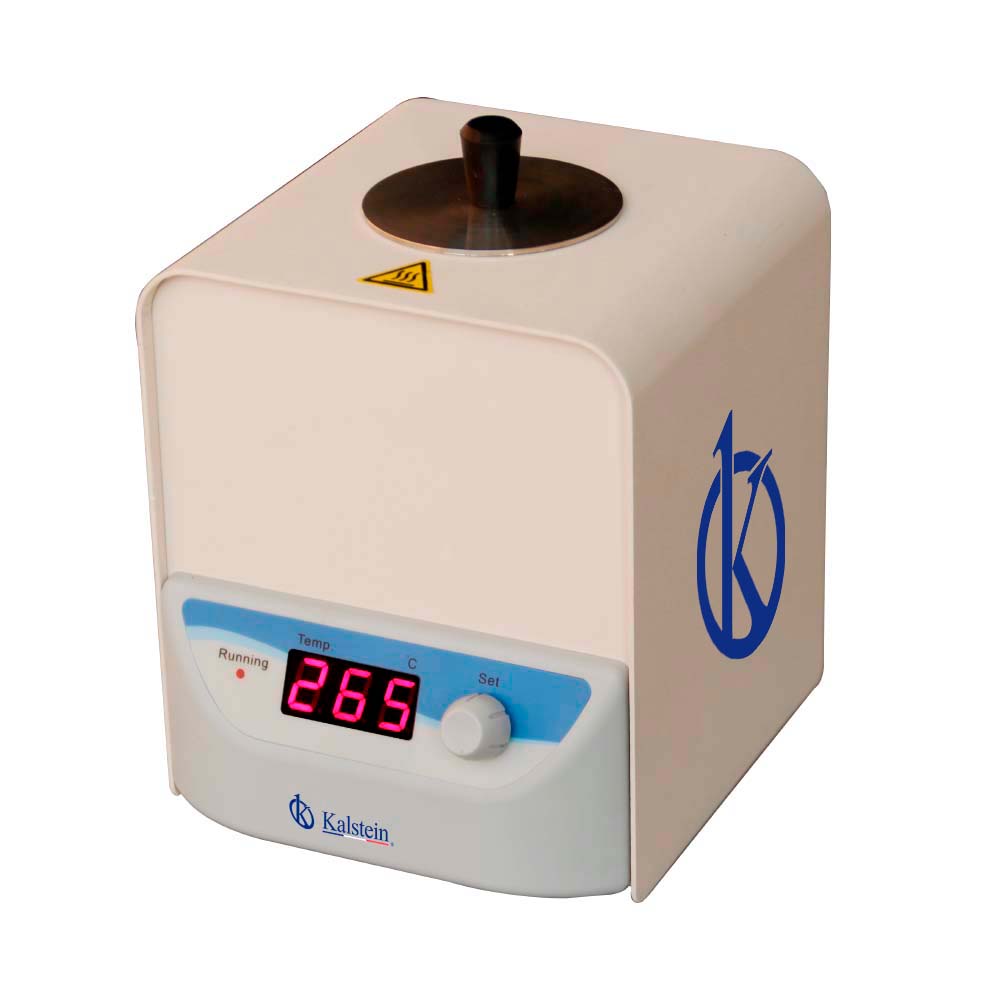
Biochemistry laboratories are spaces where experiments and tests are performed on biological materials. These tests require many hazardous materials that must be disposed of safely. These chemicals can be hazardous to health if not handled properly. For this reason, laboratories must ensure the safe disposal of these materials. This is why electric incinerators are the best option for these laboratories.
Electric Incinerators: Main Factors to Consider for a Biochemistry Laboratory
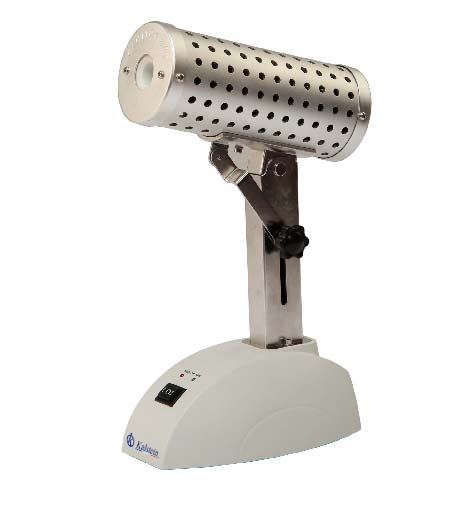
Biochemistry laboratories are spaces where various investigations are performed to analyze the composition, structure and function of…
Uses and Advantages of Electric Incinerators in the Biochemistry Laboratory
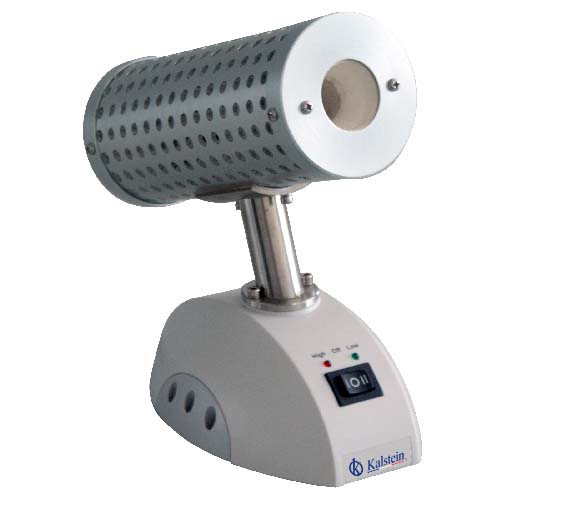
Electric incinerators are devices used to burn solid materials, contained in a sealed container. These devices process discarded samples from biochemistry laboratories with the objective of eliminating all organic materials and potential human health hazards. Electric incinerators are considered to be a simpler and more affordable form of incineration compared to conventional incinerators. This technology has been a resource-saving and safe solution for disinfection and disposal of biological waste, increasing the efficiency of laboratory procedures, therefore, it is a useful tool for biochemistry laboratories.
How do Electrical Incinerators Improve Safety in Biochemistry Laboratories?

Electrical incinerators or bacticinerators are devices commonly used to safely dispose of contaminated material by sterilizing laboratory instruments. These devices work by manipulating waste at extremely high temperatures to destroy it completely.
How can Homogenizers improve the accuracy of results in biochemistry laboratory analysis?
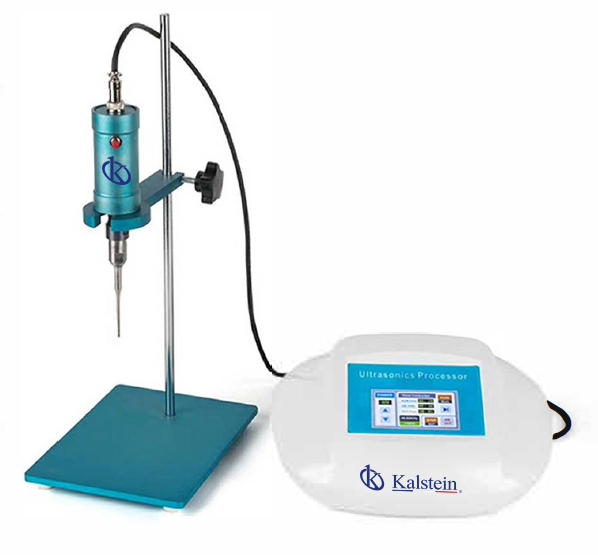
Biochemistry laboratory analyses are often used to detect specific chemicals in different samples. These analyses are very important for the diagnosis of various diseases, as well as for the identification of toxic or potentially hazardous substances. The accuracy of the results obtained depends mainly on the quality and purity of the sample analyzed. This becomes even more complex if the analysis involves the detection of protein molecules, as most conventional methods of analysis rely on homogenization of the sample prior to analysis.
Harnessing the multiple uses of Homogenizers in the biochemistry laboratory
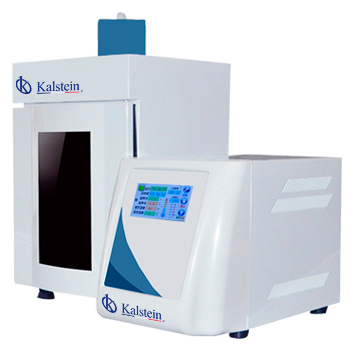
Homogenizer technology for use in biochemical laboratories has experienced a breakthrough in the last decade. This advanced equipment is used to create homogeneous solutions in samples at the molecular level. Beyond their classical applications in biochemistry, homogenizers have many other uses for scientific preparation in a biochemistry laboratory. Some of the configurations, applications and benefits of using homogenizers in the biochemistry laboratory are described below.
How can Homogenizers improve the results of biochemistry analysis?

Homogenizers are one of the most common laboratory devices and are commonly used for applications such as sample preparation for analytical purposes, such as extraction of proteins from cells to prepare extracts, preparation of extracts for ultra-sensitive analysis or extraction of natural products from plants and algae. This is done through homogenization, which consists of dissolving a substance or matter into microscopic particles in an external medium by high-pressure or shear mechanisms.
